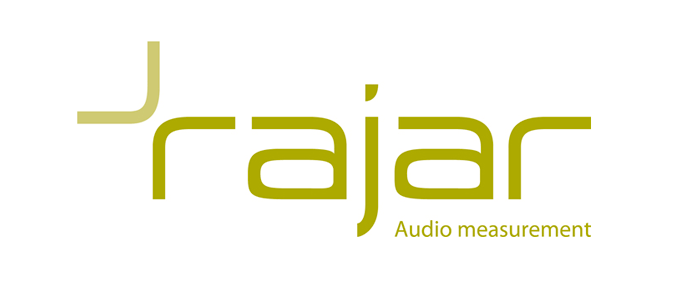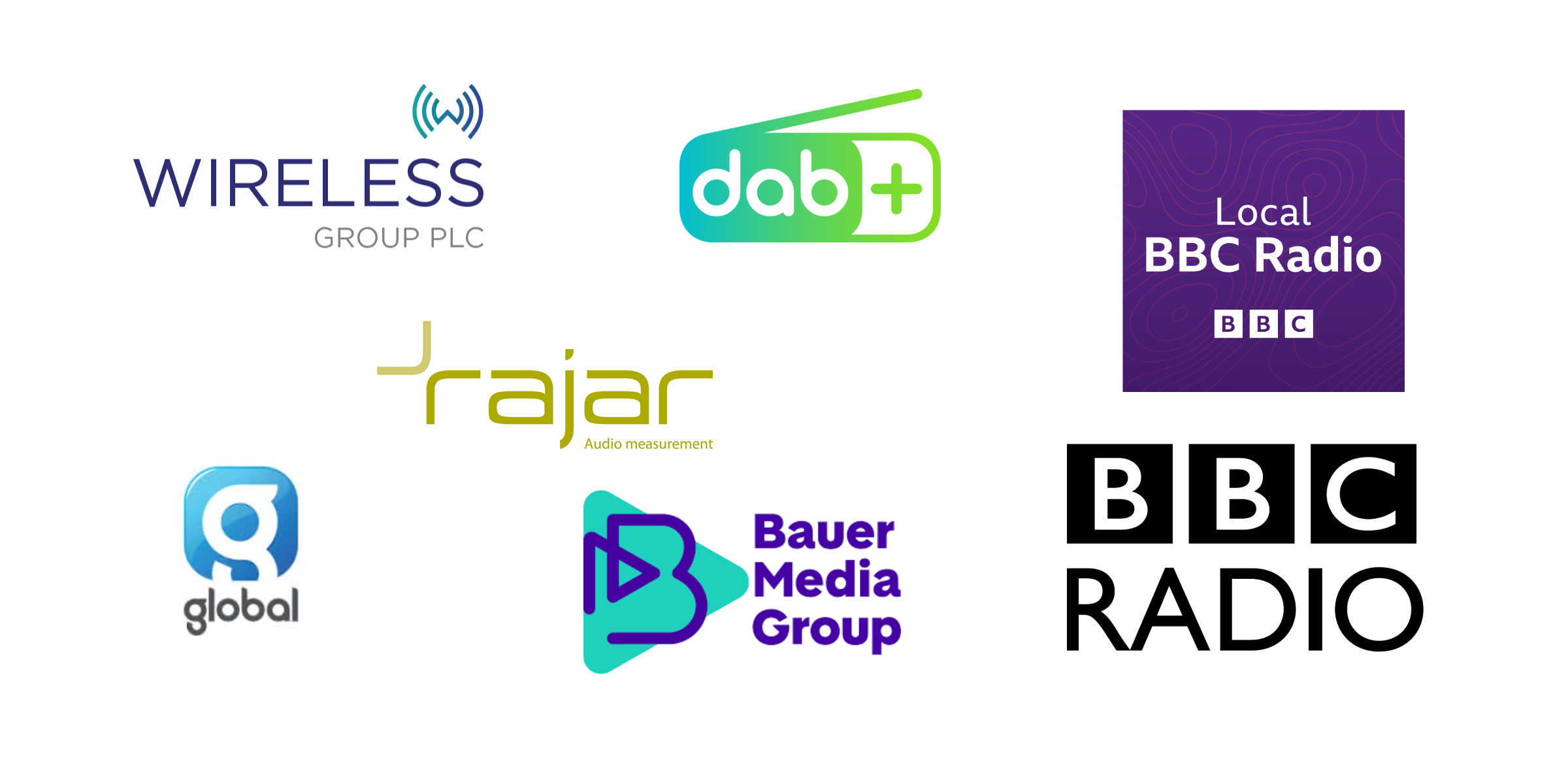Ah! The night before RAJAR – I remember it well. After spending fifteen years as a presenter, producer, and content controller in commercial radio, I can still feel the cold shivers and sleepless nights. To anyone that hasn’t collected their RAJAR figures, it is not too dissimilar to the experience an anxious teenager goes through the night before picking up their exam results. Will it be good? Will it be bad? Has all the work paid off? Only time will tell …
What is RAJAR?
For those not in the know, RAJAR is the way radio stations in the UK record audience figures. 4 times a year, radio bosses get delivered a stack of numbers and fancy graphs showing how many people listen to the station over their competitors and how long they stay. For the BBC, it helps to show that the right people are listening in the right places and for commercial radio, more people listening for longer means a higher price tag charged to advertisers. As you can see, it’s very big business.
What is different about RAJAR Q3 2021?
In two words – a lot. You see, traditionally, RAJAR figures were collated by market researchers sending out RAJAR diaries to people’s homes hoping they would remember to fill them in. You were asked what stations you listened to across a week and for how long. Diaries were halted at the end of Q1 2020 due to the pandemic and this is the first time since that those stations have had a glimpse at how they are doing. The data methodology is also partly modified this time around with data supplementation via listening panels. With this in mind, RAJAR understandably offers a word of caution when comparing these figures to previous data.
RAJAR – The Results are In
The first clear takeaway is that 89% of adults are still listening to radio. This equates to 49.5 million people in the UK tuning into the medium for news, current affairs and more. This puts radio in a very healthy position and offers massive opportunities to place brands and stories with creative broadcast PR campaigns. What is even more encouraging is, despite so much competition from other channels, 65.8% of people now listen to radio via digital means. This will be welcome news to digital only stations such as Times and Boom Radio (more on them shortly), Talk Radio and LBC News.
BBC VS Commercial Radio
Putting the cautionary advice about comparison from RAJAR aside for one second, it’s hard not to be blown away by the listenership to BBC local radio, which now stands at 9.1 million per week. Notably, BBC Radio London records 973,000 listeners whereas the figure stood at 399,000 in Q1 2020. BBC Leeds, BBC Cornwall, and BBC Radio Solent also publish impressive gains. Despite increased networking across radio groups in general, it’s clear to see that there is still an appetite for local news and voices within the regions, highlighting the importance of local case studies and research when trying to land broadcast PR coverage here.
Nationally, Radio 4 and Radio 2 continue to be unstoppable for the BBC, Heart remains the biggest commercial radio network with a record 10 million listeners and for the first time in its 48-year history, LBC reaches 3 million people per week.
Impressive Debuts
There are far too many stations to mention here, but the standout success award of Q3 2021 has got to be awarded to Boom Radio and Times Radio. Boom Radio, which launched on 14th February 2021 and brands itself as music and chat for Baby Boomers, debuts at 233,000 listeners. Meanwhile, News UK’s Times Radio, which only launched in June 2020, has a staggering first result of 637,000. Both stations were born during the difficulties of the pandemic and emphasise the unique power radio still holds in delivering news and stories for listeners and broadcast PR clients.
RAJAR Misses
Of course, on RAJAR day, regardless of how many times you try and spin the figures, not everyone is a winner. During the pandemic, listening habits changed. We worked from home, we got up later, we got to choose what we listened to. As a result, many breakfast shows now have smaller audiences than they did at the start of 2020. Notably, Chris Evans’ breakfast show on Virgin Radio reported fewer people listening, as did the Today Programme on Radio 4 and Capital Breakfast with Roman Kemp. With morning listenership now peaking later, mid-morning shows may now be the better option for greater broadcast PR reach. We also need to keep a close eye on the downward trend of listening by younger people (15-24’s).
What Does all This Mean for Broadcast PR?
Simple. It’s a great time for broadcast PR! Radio listening has never been healthier and against all the odds, radio shows no sign of dying out. No other medium connects and puts your stories in front of mass audiences as intimately as radio does. However, to land broadcast PR coverage, you need the right stories with the right angles at the right time. Whilst listenership is going from strength to strength, the same can be said for competition. Producers, presenters, and journalists have further upped their game. This is a new era of radio and to make the cut you really must know what you are doing.
Why choose Shout! Communications for your Broadcast PR Campaign?
We’re a team of broadcast PR professionals with decades of experience creating and leading broadcast content for national radio and TV. As well as being broadcast PR experts, we think like the broadcast producers we used to be. We know what broadcasters want, and more importantly, what they don’t want. To learn more about how we can help you with radio and TV media relations, contact us today.



